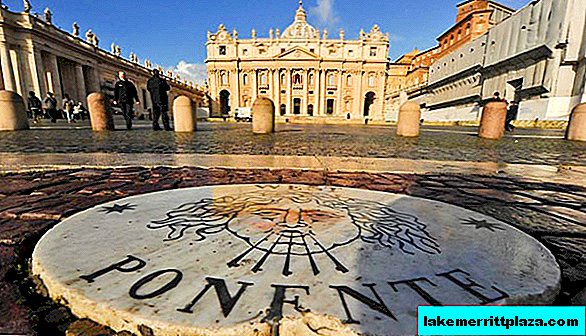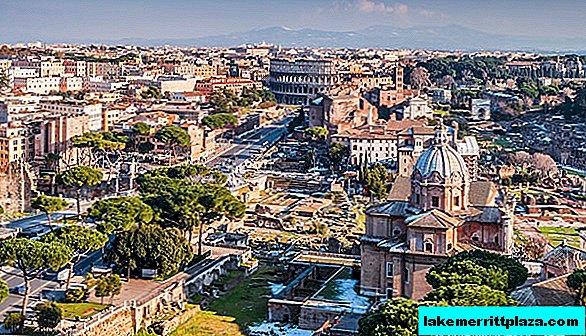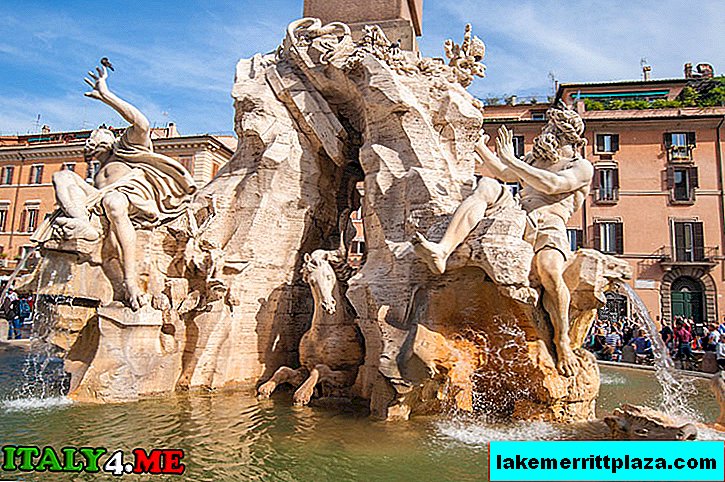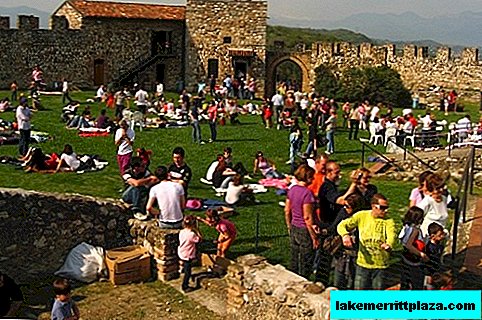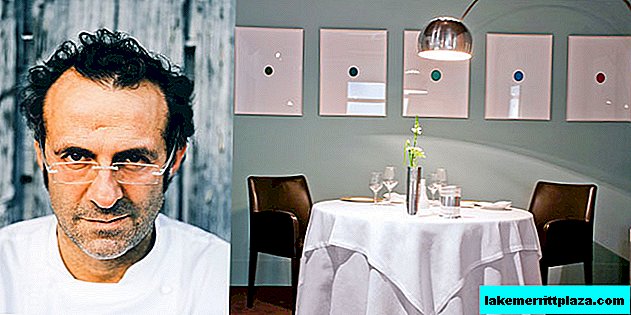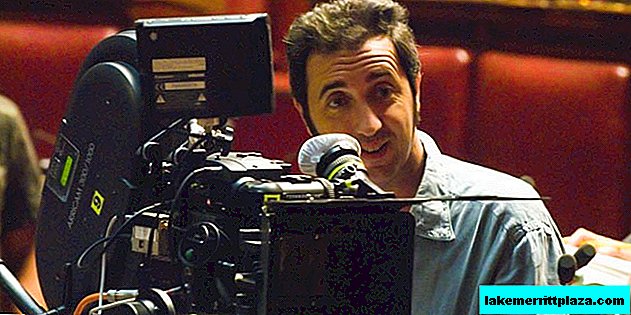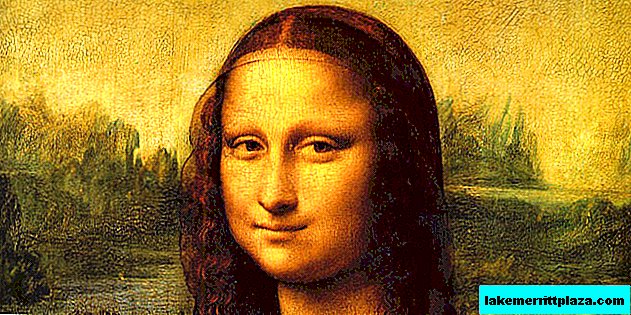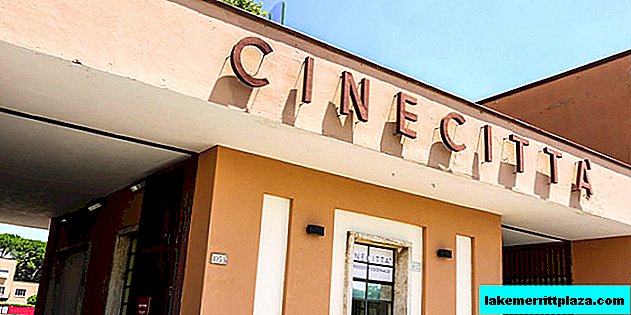The city of Fermo (Fermo) with a population of 37 thousand people is located near the Adriatic coast in the Marche region, is located on the Sabulo hill (Sabulo) with a height of 319 meters.
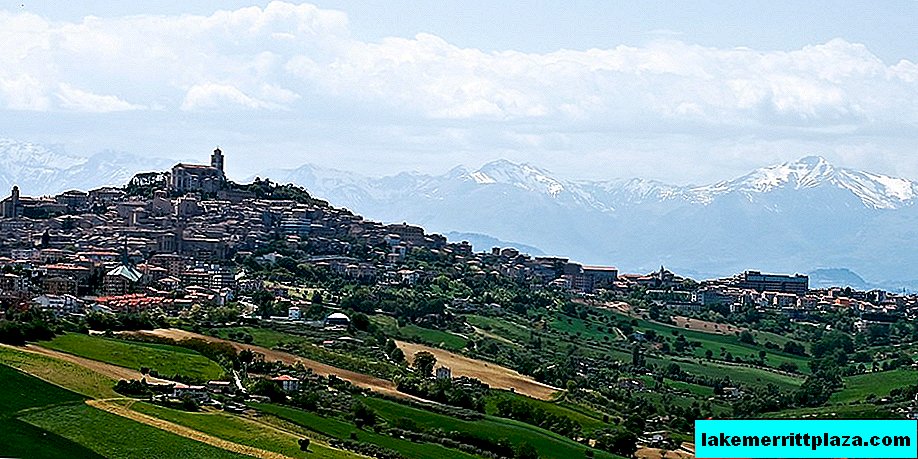
Story
In 264 BC e. Fermo was colonized by the Roman Empire, from 401 he was under the rule of the Ostrogoths, then the Lombards, and then became part of the feudal Spoletic Duchy. In the X century, Fermo became the capital of the "Ferman brand" (La Marca Fermana), in the XII century received the status of a free commune, then a totalitarian signoria. In the XV century, the city came under the control of the Dukes of Milan Sforza (Sforza), and from 1538 to 1870 was part of the theocratic Papal States.
It is interesting that one of the representatives of the Sforza dynasty, Galeazzo Maria, was born in Fermo. During his reign, direct contacts took place between Italian and Russian lands, Italian architects traveled to Moscow and took part in the construction of the Kremlin and other architectural objects.
Sights
Fermo's sights and museums can be bypassed in one day - there are few of them, but they are all worthy of the attention of an inquisitive tourist.
Cathedral
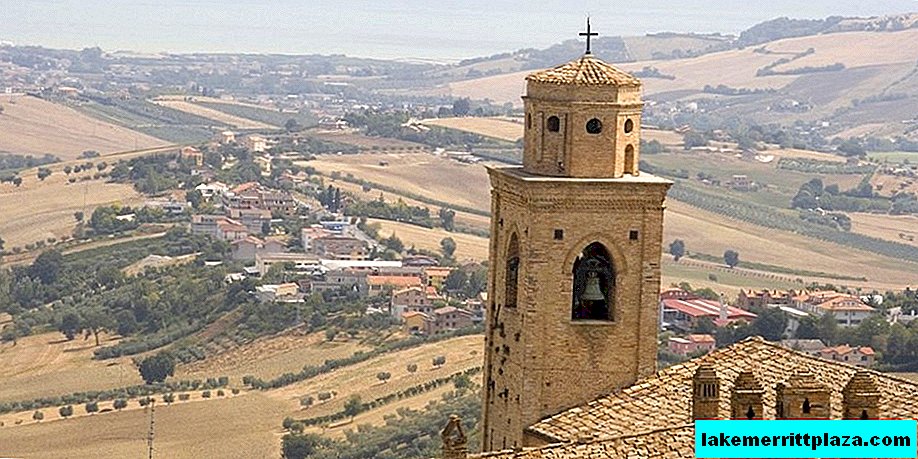
The main attraction of Fermo can be considered the Cathedral (Duomo di Fermo) in the center, on the highest point of the hill.
The stone cathedral was built in the XIII-XV centuries in honor of St. Mary the Intercessor. The church was rebuilt many times and to this day only the facade and the frescoes discovered in the 20th century, dated to the 14th century, survived under the plaster. Around the 30s of the last century, bricks from the wall dating from the 2nd century were found under the floor of the cathedral. The cathedral contains a sarcophagus of the 4th century, several tombs of famous people, a Byzantine crown, a mosaic and an organ.
Near the Cathedral is the Diocesan Museum (Museo Diocesano), the former Capuchin monastery, and now Villa Vinci and the panoramic platform of Girfalco (Girfalco or Girone), from which the city is perfectly visible.
Piazza del Popolo
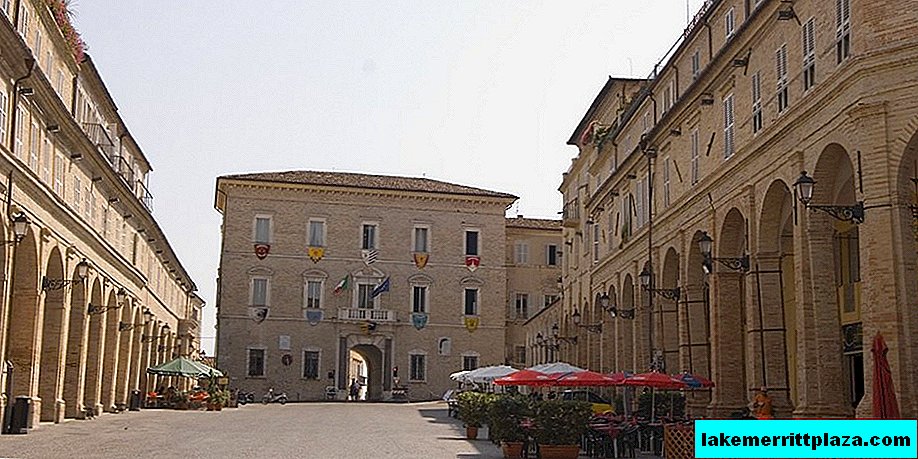
Located a little lower on the hill the "front lobby" of the city is the central square of Piazza del Popolo. Along the 135-meter square are palaces, administrative buildings, galleries and other attractions. Two rows of terracotta loggias separate the square from the city.
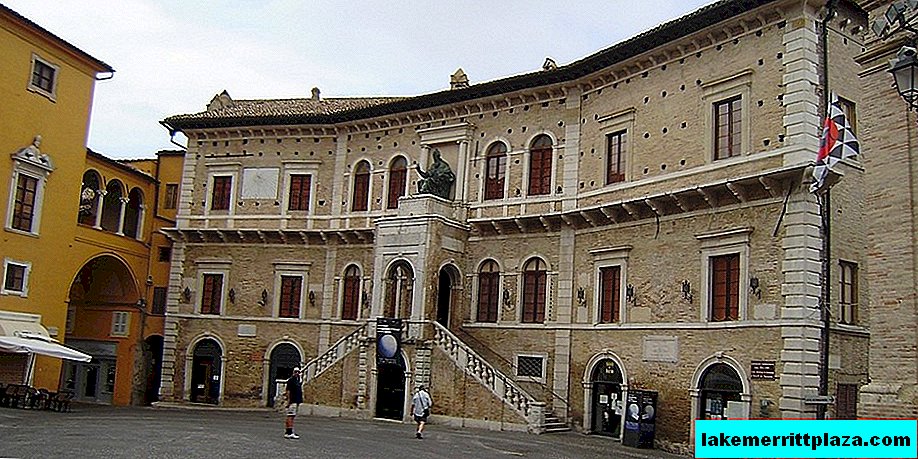
The Priori Palace (Palazzo dei Priori) on the Piazza del Popolo is a 13th-century building obtained by combining the old palazzo and the church of St. Martin.
The palace houses an archaeological museum, a pinacoteca with works by Rubens and Lanfranco, as well as the Globe Hall with ancient books and a large globe of the 18th century. In the center of the palazzo is a bronze statue of Pope Sixtus V (Felice Peretti di Montalto), the very one who established the archbishopric in Fermo, thereby increasing the religious status of the city.
Opposite the palazzo is the Apostolic Palace (Palazzo Apostolico) of the 16th century built - the current city administration.
In the same square is the Palazzo degli Studi, in which the main library of the city is located - Biblioteca Spezioli Library. A tremendous amount of books, manuscripts and manuscripts of different years are stored here, her collection is one of the top 20 libraries in the country.
Matteucci Tower
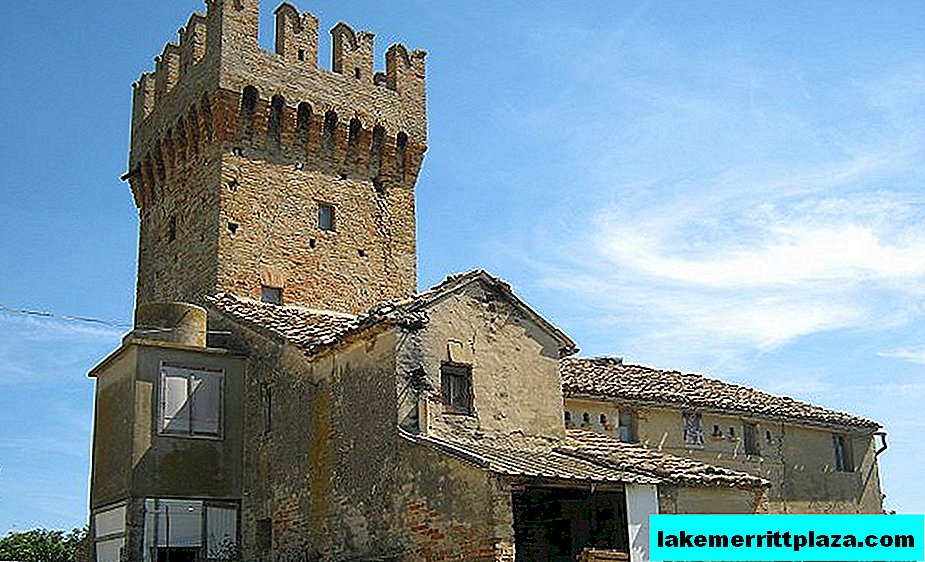
Another attraction of the city of Fermo is the Torre Matteucci tower, purchased in the 16th century. The tower has openings for bows, crossbows and catapults. The tower was destroyed during the war, but was restored in the middle of the last century.
Palazzo Vitali

The Palazzo Vitali is a gloomy building, but interesting inside. The palazzo's rooms are decorated with murals, and inside the building of the 16th century there is a magnificent decorated courtyard. The Palazzo was built in 1532 by the architect Antonio da Sangallo. The two-story residence is decorated with pilasters, a rusticated facade of the first floor and columns of pink marble at the entrance to the courtyard.
Church of Pieta
On the way from the Matteucci tower to the Piazza del Popolo, you will meet the Church of Pieta (Chiesa della Pieta). The facade of the church evokes sadness, but inside the church is striking in its vibrant colors and paintings of the 18th-19th centuries. Particular attention is drawn to the altar of 1619 by Benigni.
Palazzo azzolino
The building of incredible beauty - Palazzo Azzolino, created in the XVI century according to the sketches of the architect Sangallo the Younger, project coordinator of the Basilica of St. Peter.
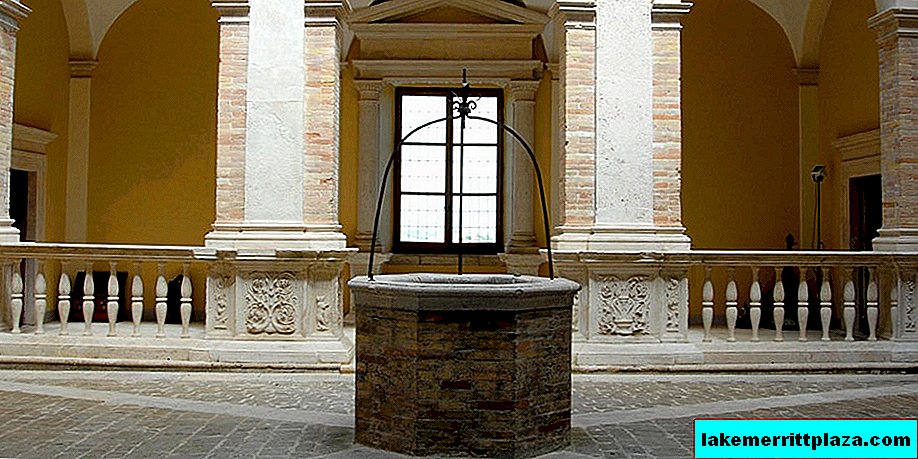
The decoration of the courtyard and the octagonal well decorated with the emblem of the owner of the house look very harmonious.
Water collection complex
An amazing place in Fermo is the water collection system - rainwater and spring. A complex of huge tanks was created in the 1st century under the Church of St. Domenic (Chiesa di San Domenico). The complex with an area of 2200 m² fed the city and port until the 60s of the XX century.
Weather
Fermo is characterized by a moderately warm marine climate. Rainfall is quite common here, even in July. Most rain falls in November. The average temperature of the hottest month is + 23 ° C, the lowest average temperature in winter is −5 ° C.
How to get there
Fermo is a small town with no airport. You can get to Fermo by car, train or bus.
By train
Can be reached by train from Ancona to Porto San Giorgio. The journey takes an average of 40 minutes.
From Pescara, Porto San Giorgio can be reached by train in 30 minutes.
From Bari to Porto San Giorgio, the train takes about 4 hours.
The trip from Rome will be a long one - from Termini Station (Stazione Termini) to Ancona Station, there is a transfer to Porto San Giorgio.
See instructions:
By bus
Porto San Giorgio to Fermo can be reached by shuttle buses. From Porto S. Giorgio Station to V. Le Trento Benedettine Dir Piazza Station, change trains and drive to Montottone, Ponte Ete Station. Next 13 minutes walk to Fermo.
By car
7 km east of Fermo, the A14 Bologna-Ancona-Bari motorway runs along the coast. You can rent a car cheaply at auto.italy4.me

